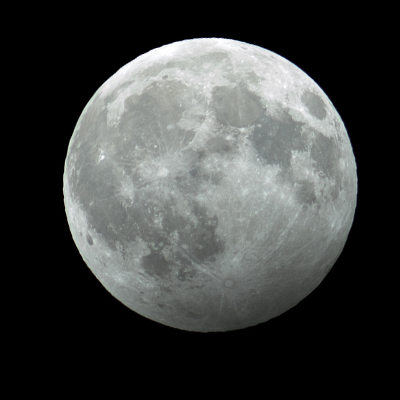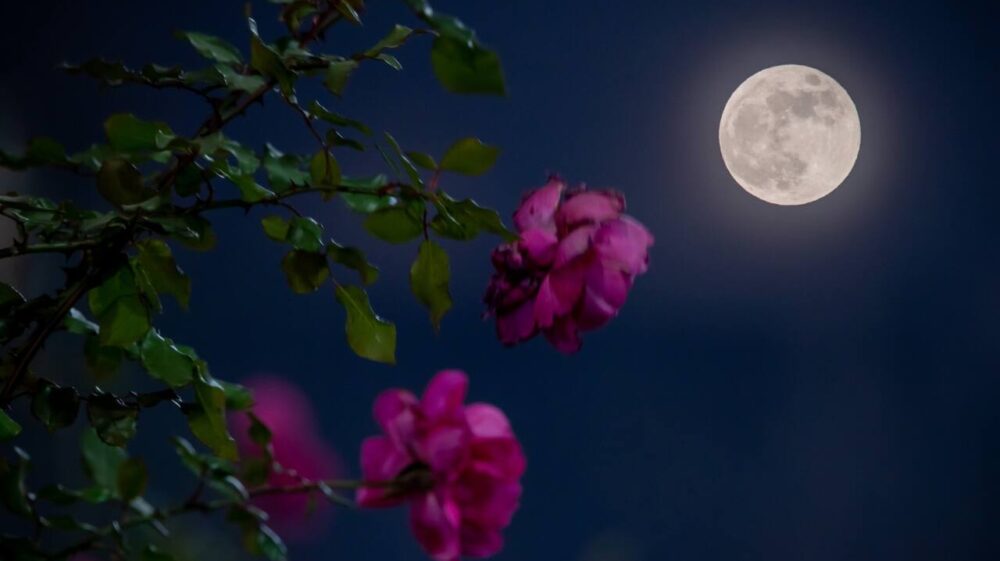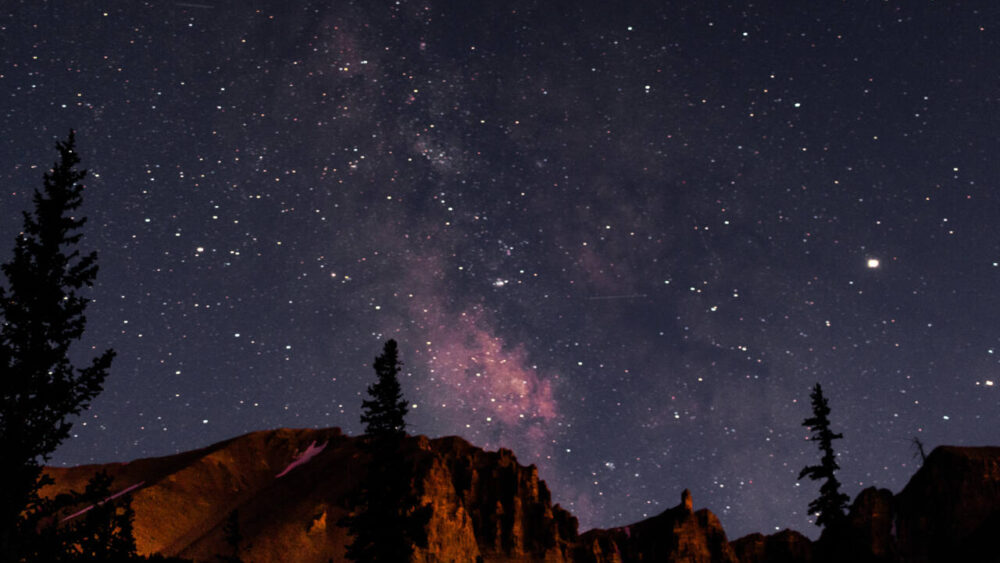How to see March’s full Worm Moon and the first lunar eclipse of the year

The March full moon, also known as the Worm Moon, is making an extra special appearance this year.
That’s because when it arrives, watchers will get treated to a penumbral eclipse.
The March full moon is officially full on Monday, March 25 at exactly 3 a.m. EDT, according to the U.S. Naval Observatory.
If you miss the full moon at such an early hour, it will still appear full the following night.
What is a penumbral eclipse?
A penumbral lunar eclipse occurs when the moon passes through the outer edges of Earth’s shadow.
These types of eclipses are very subtle, and for a short time during the maximum eclipse, the moon will appear only slightly darker.
A good telescope or a pair of binoculars may help observers notice these slight changes, and the change in appearance will be most noticeable along the bottom half of the moon.
The penumbral eclipse of the moon is set to begin at 12:53 a.m. EDT shortly after Sunday night turns to the earliest hours of Monday morning.
The eclipse will reach its darkest point at 3:12 a.m. EDT, and the eclipse is over by 5:32 a.m. EDT Monday morning.
Whether you stay up all night or get up early to catch a glimpse of the moon, it should be a nice pre-show to the total solar eclipse in April.
Why is it called the Worm Moon?
Every full moon name originates from Native American, Colonial American or other sources, according to “The Old Farmer’s Almanac.”
Most of these full moon names relate back to the weather or what’s happening in nature when they occur.
In the case of the Worm Moon, March is the time of year when the ground begins to warm up and thaw, and it’s when earthworms begin to move to the upper layers of the soil.
Other stories link the “worms” to beetle larvae that begin to emerge from the thawing bark of trees during this time of year.
Alternate names for the March full moon refer to migrating animals returning to their spring and summer homes. That’s how we get names like Eagle Moon, Goose Moon and Crow Comes Back Moon.
Other cultures have called the March full moon the Sugar Moon because it’s when sap starts flowing from maple trees. Another name for it, Wind Strong Moon, refers to the windy weather many places experience during the third month of the year.
The Worm Moon is the first full moon of the spring season
The Worm Moon is always a sure sign of spring.
This year that’s especially true since it’s arriving after the first official day of spring, which occurred on March 19.
In most years, the March full moon is the last full moon of winter, and that’s simply because the winter season lasts through most of the month until spring arrives two-thirds of the way through the month on the vernal equinox.
As we get further into spring, the days will keep getting longer and we have a lot of astronomical events to look forward to, including the total solar eclipse in a couple of weeks and then a front-row seat to see the “Devil’s comet.”
Follow Meteorologist Jason Meyers on Twitter or watch one of his entertaining and educational YouTube videos.






